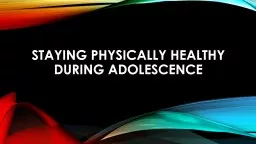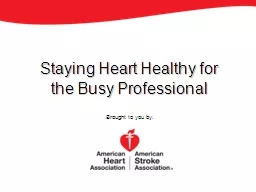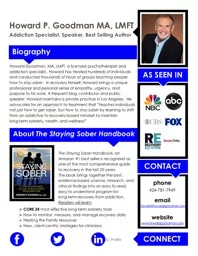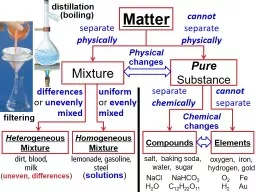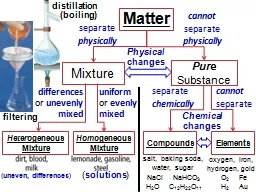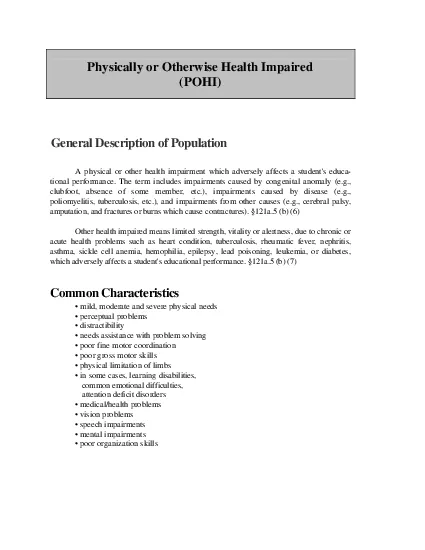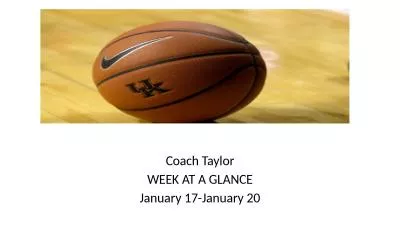PPT-Staying Physically Healthy During
Author : luanne-stotts | Published Date : 2017-08-23
Adolescence The Importance of Proper Nutrition The teen years are a time of rapid growth Adolescents need extra nutrients to support bone growth hormonal changes
Presentation Embed Code
Download Presentation
Download Presentation The PPT/PDF document "Staying Physically Healthy During" is the property of its rightful owner. Permission is granted to download and print the materials on this website for personal, non-commercial use only, and to display it on your personal computer provided you do not modify the materials and that you retain all copyright notices contained in the materials. By downloading content from our website, you accept the terms of this agreement.
Staying Physically Healthy During: Transcript
Download Rules Of Document
"Staying Physically Healthy During"The content belongs to its owner. You may download and print it for personal use, without modification, and keep all copyright notices. By downloading, you agree to these terms.
Related Documents

